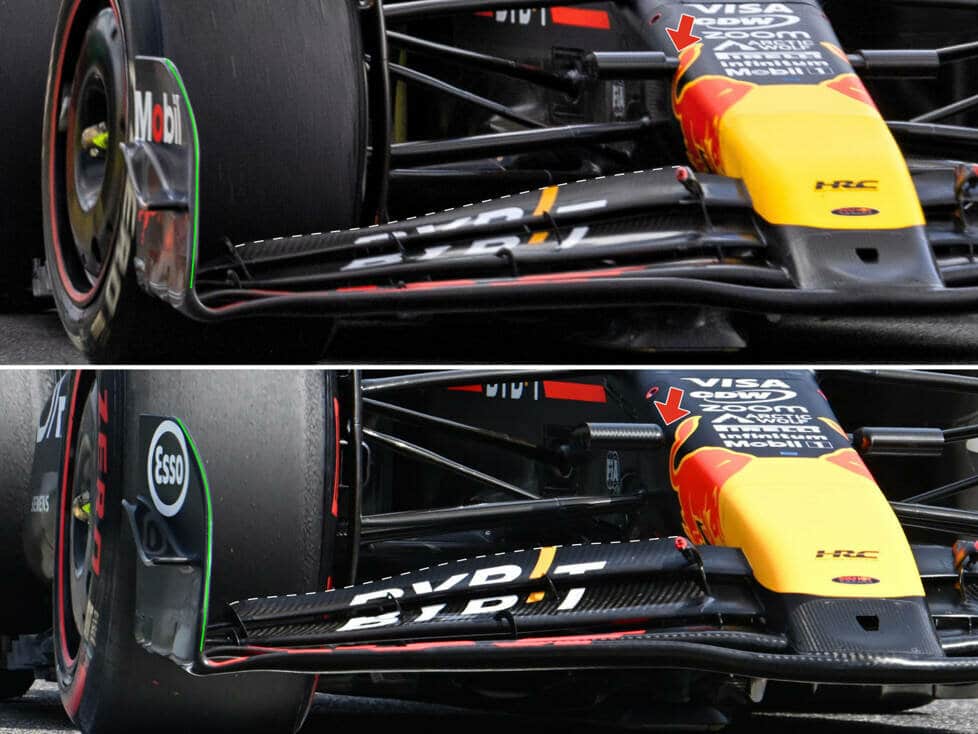So far, Red Bull have been able to rest a little on their laurels, but McLaren’s latest upgrade is now keeping the world champion team on their toes
Because Red Bull had already started the season with a good lead, they could afford the luxury of taking their time with their upgrades, opting for less frequent but bigger steps
However, since McLaren caught up with the team from Milton Keynes, they have been under pressure not to give away any performance.
And with less than a tenth of a second making the difference between pole position and a grid position outside the front row at Imola, Red Bull knows that it must now do everything it can to avoid falling behind.
That’s why the team traveled to Imola with a handful of new parts for the RB20, which should eliminate some of the car’s weak points.
At the front of the car, there was a new front wing with a revised flap layout, which also brought changes to the nose.
To increase the load generated by the element, the team extended the length of the chord in the moving part of the two upper flaps.
The change in shape of the trailing edge of the upper flap is indicated by the dashed white line in the main image; the new arrangement can be seen at the bottom of the image. The chord and angle of attack differ from the two specifications, as the sponsor logo is more dominant in the new design.
To allow for this, the fixed parts next to the nose and the nose itself have also been modified, while the stems on which the camera pods sit have also been modified to work with the new flow regime (red arrows).
The outer ends of the wing have also been reworked, with the leading edge of the endplate modified (highlighted in green), which affects the rest of the surface and exposes the wind deflector on the endplate to a new flow regime as well.
In addition, the team also optimized the design of the floor and edge wing, reconfiguring the ramped section of the SIS fairing (SIS is the side impact structure) of the floor to improve flow both above and below the surface.
Taking advantage of the newly created flow paths, the edge wing was also slightly modified by repositioning the deflection surfaces underneath the element.
At the rear of the vehicle, changes were also made to the rear brake duct, where the outlet was modified to improve the flow, which also resulted in a reconfiguration of the winglets around the outlet





